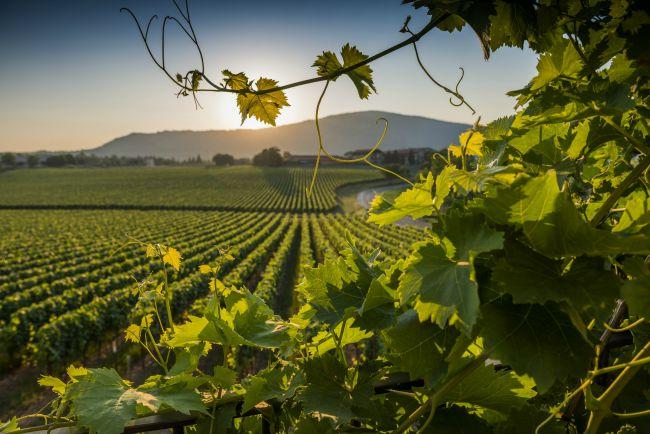South of Lake Iseo, about an hour east of Milan, is the verdant countryside that produces one of Italy’s most renowned sparkling wines: Franciacorta.
And there’s no better time to discover and taste this spumante than this weekend when the Franciacorta Festival is set to take place. During the two-day event, visitors will have the chance to explore the area along the Strada del Franciacorta, an 80-kilometer route dotted with borghi, castles, monasteries, and of course wineries, which for the occasion open their doors for guided visits, tastings, concerts, exhibitions.
If you’re not familiar with Franciacorta, it is a sparkling wine with DOCG status produced in a 20,000-hectare area comprising 19 municipalities in the province of Brescia, in the hilly territory known as Franciacorta. So, just like Champagne, the region and the wine are identified by the same word.
Franciacorta was already cited in 1570 when a local doctor, Girolamo Conforti, praised its qualities, its “spicy and nipping” taste that neither dried nor softened the palate. But viticulture in this area had been practiced even earlier than the 16th century, since Roman times actually, and continued through the Middle Ages, thanks in part to the various monasteries dotting the area.
To produce Franciacorta, only three types of grapes are employed: Chardonnay, Pinot Bianco and Pinot Nero. The peculiar characteristics of this territory, from the richness and variety of the minerals to the fresh and dry breeze blowing from the lake and the Camonica valley, create the ideal habitat for the Chardonnay and Pinot grapes.
Franciacorta wine must be made by “metodo classico”. There are about 100 winemakers today producing 14 million bottles following one of the world’s most rigid disciplinary codes. Grapes are harvested rigorously by hand between the first ten days of August and the first ten days of September. The key passage in the winemaking process is the second fermentation of the wine, and the subsequent refinement, strictly happening in the bottle, when the wine, in contact with sugars and yeasts, develops carbon dioxide, a slow process that takes a minimum of 18 months, going up to 60 months for Franciacorta Riserva.
For information about the Franciacorta Festival, click here.
If you can’t make the festival, consider a visit to this off-the-beaten-track area in the Fall. Find more information here.




